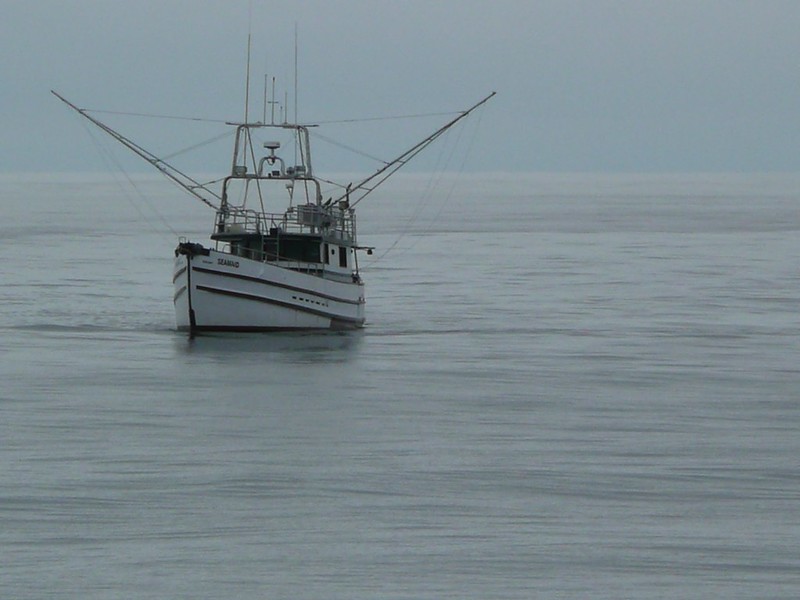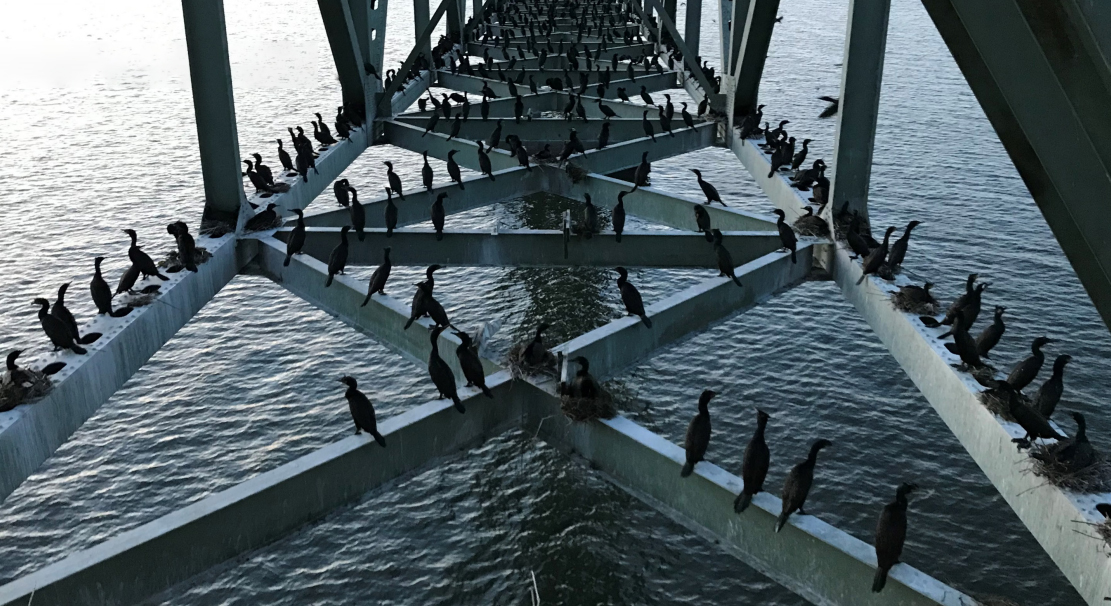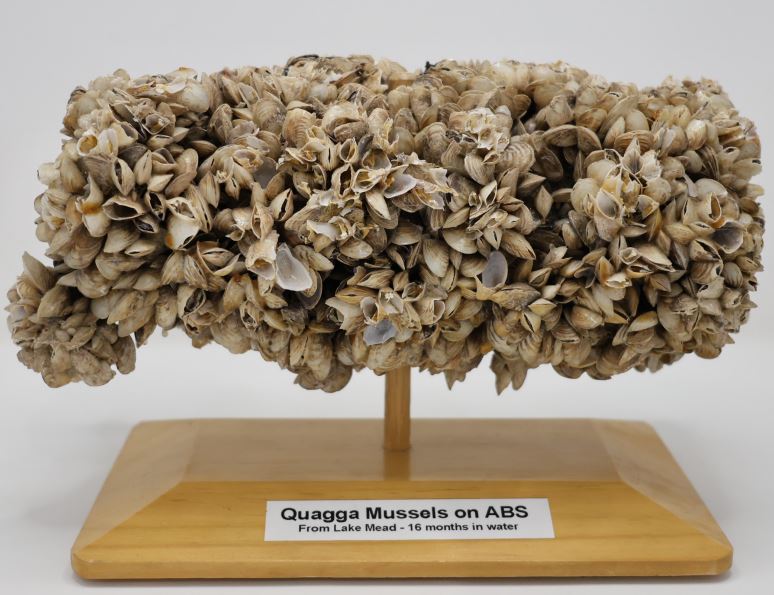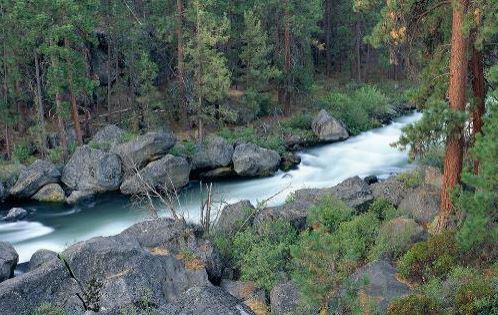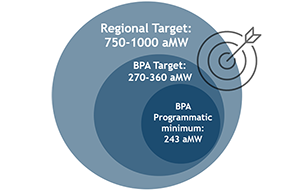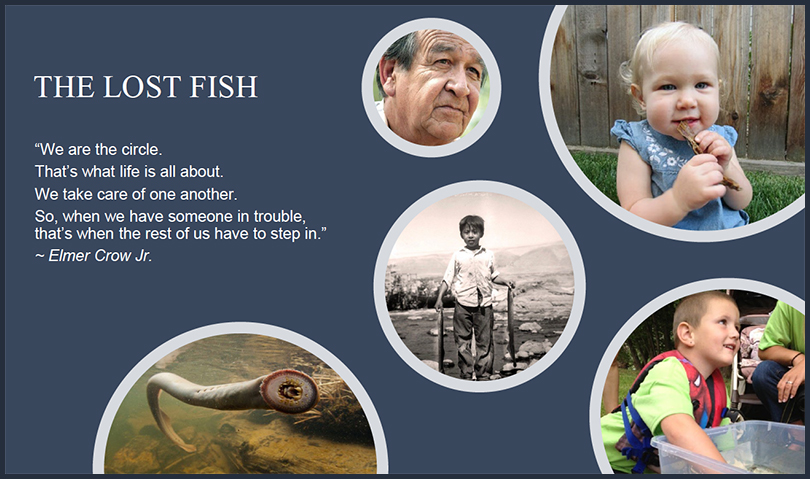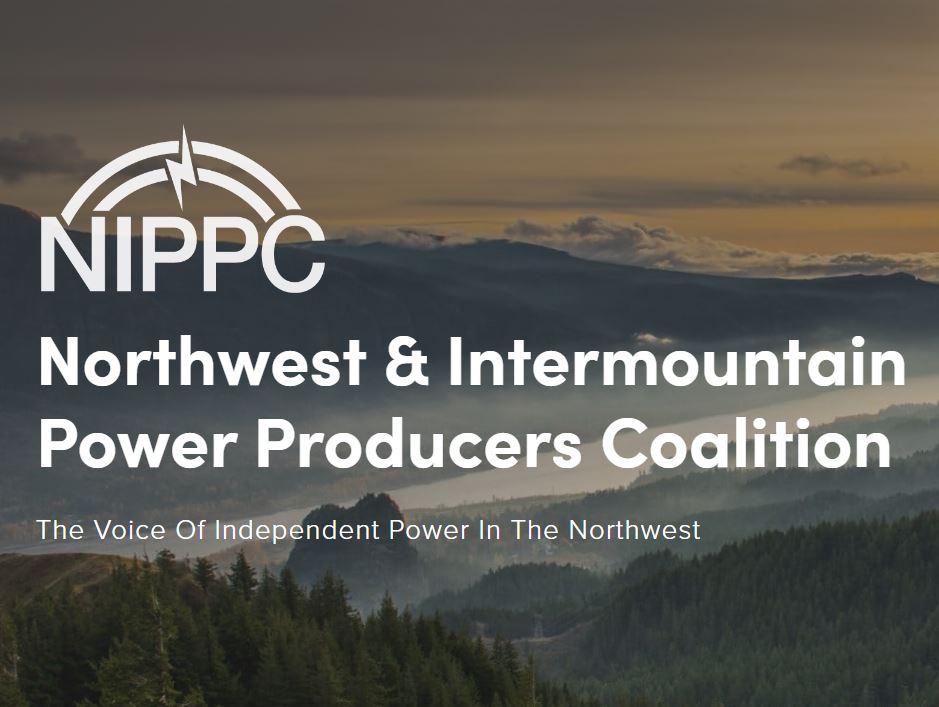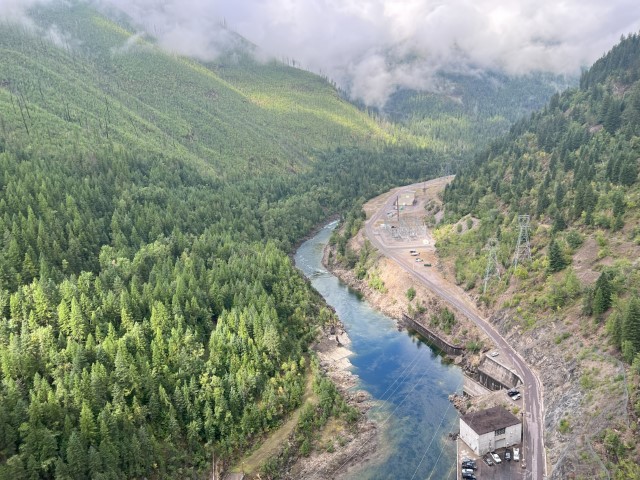Long-term Project to Reduce Northern Pikeminnow Predation on Salmon Finds Success
- January 19, 2024
- Carol Winkel
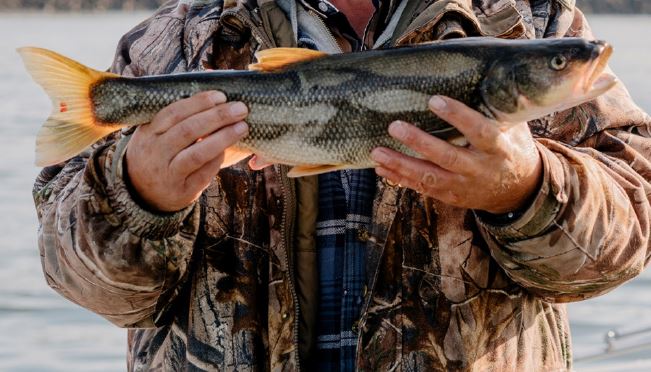
At its January meeting, the Council was briefed on one of the Council’s longtime projects to reduce the impact of a key predator on migrating juvenile salmonids in the Columbia River Basin—northern pikeminnow.




